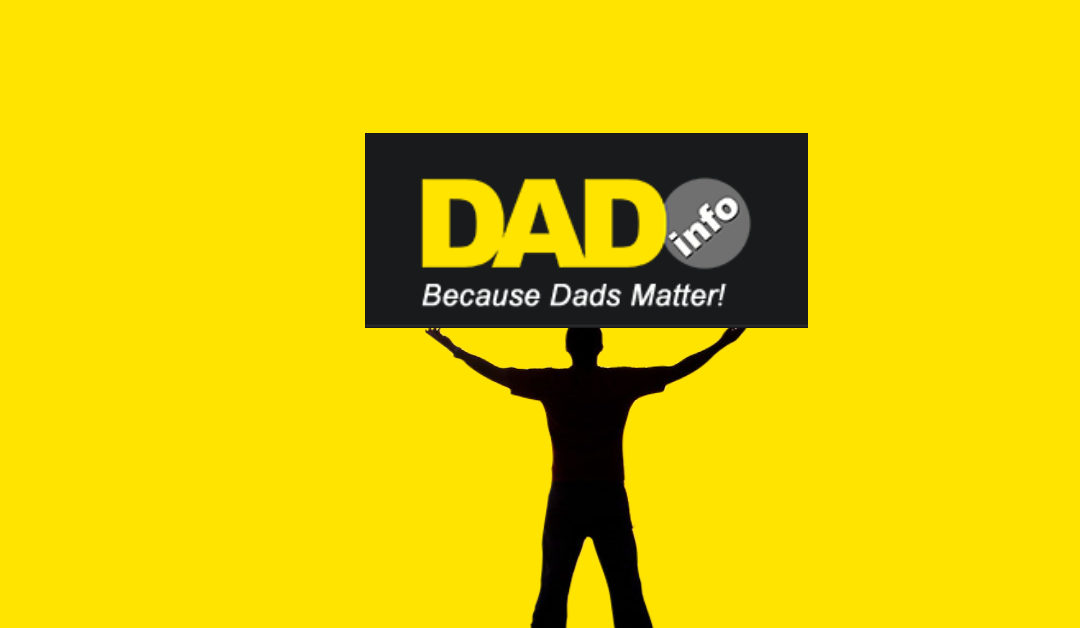If you are an employee and expecting a baby you could be entitled to paternity leave. Here we go through how you qualify for it, and how you get it.
Basically, if you have been employed by the same employer since before your partner became pregnant, you’ll probably be eligible for paternity leave – but you’ll need to still be employed by them when the baby is born.
The precise criteria are:
- you must have a contract of employment (most agency workers and contractors are not eligible)
- you must have been working for the same employer for 26 weeks by the end of the 15th week before the beginning of the week the baby is due (translation – about when the baby was concieved)
- you must be either the biological father, the mother’s father or partner (counts for same-sex couples too), the child’s adopter or the husband or partner of the child’s adopter
- you will be involved in the care of the child and are taking time off to care for the baby or support the mother
NB. If you changed jobs very shortly before the pregnancy, you will need to check the dates.
Some employers have better eligibility terms than these so always check your contract or speak to their HR department.
How to get it
To take paternity leave you must give your employer written notice around week 25 or 26 of pregnancy.
In the case of an adoption you must give your employer written notice within seven days of being told by the adoption agency that you have been matched with a child
A simple way to give notice is to fill in a ‘self-certificate’. You can download form SC3 ‘Becoming a parent’, which works as a self-certificate.
Employers have to consider late notice and have to be reasonable about accepting it, so if you are late, give notice as soon as you can.
Your notice to your employer must say:
- when the baby is due
- whether you want to take one or two weeks leave and pay
- when you want your leave to start
- that you are the father of the child or the mother’s husband or partner
Your employer might ask you to fill in a form which asks you for all this information.
What if you’re not eligible?
If you don’t qualify for paternity leave you have a few options:
- you can take unpaid emergency leave to be at the birth (this is a legal right)
- you can take unpaid leave
- you can take annual leave
Paternity leave: what if I’m self employed?
Author
Catherine Rogan works for Working Families’ advice service.








